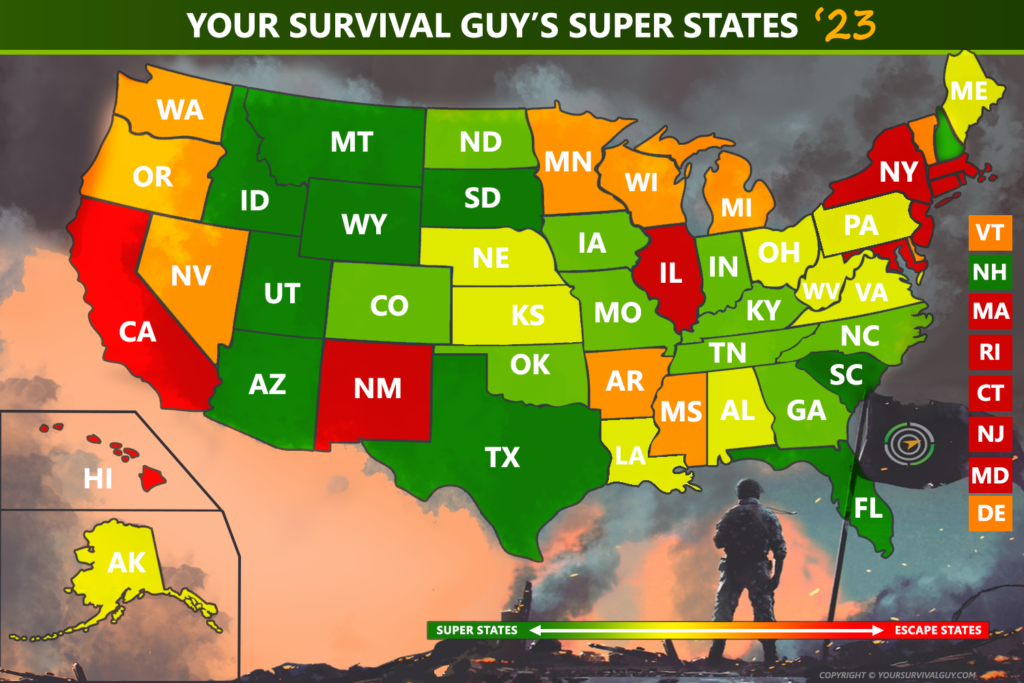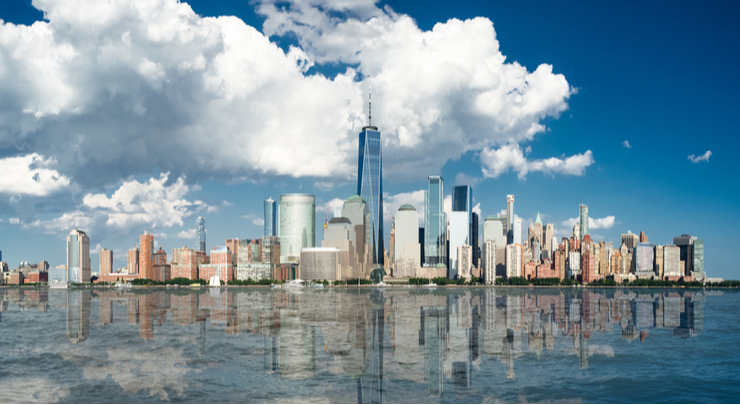You read here about Joel Kotkin’s “Growth Corridors,” a concept the author and urban studies fellow introduced in 2013. Now, in City Journal, Kotkin explains why the Appalachian states, part of Kotkin’s growth corridors, are drawing so many Americans away from the poorly run blue states and cities. He writes:
The rise of Appalachia is reflective of a broader change taking place between red and blue states. Indeed, Republican states are comfortably outperforming their blue counterparts economically, even though the latter represent the base for Biden and the Democrats. The biggest destination for movers from the largest places losing people — San Francisco, Los Angeles and New York — are sunbelt cities like Atlanta, Houston, and Miami.
Ironically, Appalachia’s slow and largely unacknowledged rise reflects the cluelessness in the media about the preferences of the American people. CNBC, for example, named the best states to live and work in, using health, “inclusion” and “quality of life” as metrics. Virtually all the states listed — Maine, Oregon, Vermont, Minnesota — are lagging economically; the ones at the bottom of the list include Texas and Florida, states that are booming and gaining people from the supposed “best” places to live.
Even millennials, an apparently critical base for the Democrats, are headed to these same places. Four of the top 10 cities for millennials, in the recent survey, are in the Lone Star and Sunshine States — Austin and Dallas in Texas and Jacksonville and Tampa in Florida. The foreign-born — another critical Democratic constituency — are also headed to the south, southwest and the Mountain states.
At the same time, the big winners in job growth — a trend that has accelerated since the pandemic — have been solidly red metros like Salt Lake City, Nashville, Austin, Jacksonville, Dallas and Raleigh, while free-spending blue states like New York, California and Illinois face worsening fiscal declines and shortages. By contrast, Texas, Florida and even West Virginia all enjoy large surpluses.
So why are blue states not turning red? Some of it has to do with cultural issues like abortion which, unlike transgender issues, remains widely unpopular, particularly in blue states. These are also areas dominated by progressive media, which tend to have low church attendance and declining industry threatened by climate policies.
Action Line: If you’re looking for a place to move to improve your standard of living in America, start your search with Your Survival Guy’s 2023 Super States. Then, click here to subscribe to my free monthly Survive & Thrive letter, and become a Survivor.




